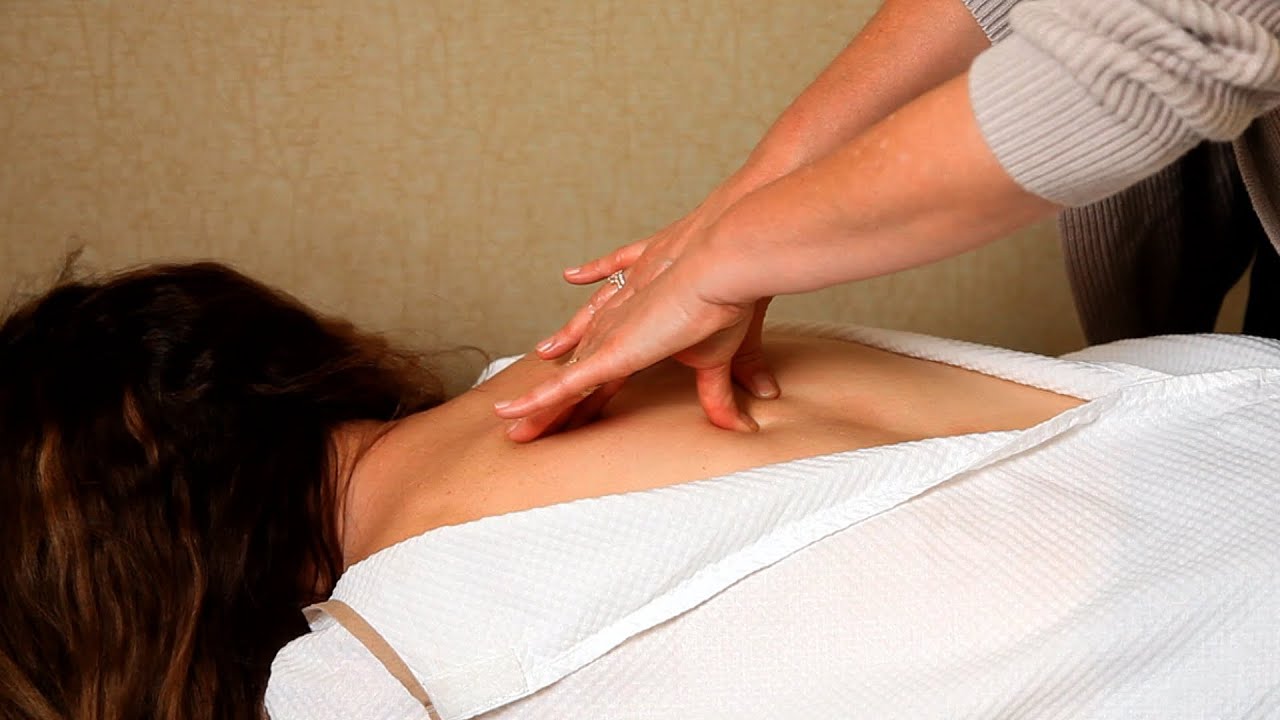There are different types of therapeutic massages, as well as different classifications of them. It is important to know that The usefulness of massages lies in the treatment of bodily disorders, and that can be extremely efficient in reducing pain.
A massage is a soft tissue manipulation that It consists in performing a rhythmic action and with adequate intensity on some body points. The manipulation can be carried out on superficial layers of tissues or on deep layers.
The etymology of the word “massage»Reveals his condition. In Arabic it is said mass: rub gently; the Greek word is massein: rub; while in the Hebrew language it is named as mashech: groping.
Massages not only have therapeutic purposes, since Massages with hygienic and sports purposes are also performed. Hygienic massage has a primarily aesthetic objective, while sports massage is usually before and after physical activity.
In this article we will refer only to the types of therapeutic massages. But before classifying them, let’s see what their effects on the human body are.
Effects of therapeutic massages on the body
In general, there are no contraindications to massages, except for specific conditions that may prevent certain maneuvers. Within the different types of therapeutic massages, one modality or another will be indicated because of what is most convenient.
It is a mistake to think that massages are only used to help the treatment of muscle diseases. The benefits of therapeutic massages are physical and psychological as well.. Even two or more types of massages can be combined in the same treatment to achieve improvements in uneven tissues.
Some of the benefits of therapeutic massages are:
- Muscle development
- Dystension of contracted muscles
- Long term tissue flexibility
- Soothe the pain
- Feeling of general well-being
- Improvement of blood and lymphatic circulation
Discover: Exercises to achieve excellent muscle stretching
Types of therapeutic massages
The different types of massages are distinguished by their technique and therapeutic purpose.
Although the classification of the types of therapeutic massages is varied, here we will present a general that describes them according to the mechanics they perform:
- Rubbing-slip
- Kneading
- Friction
- Compression
- Percussion
- Vibrations
Let’s look at each one in detail:
Rubbing-slip
It consists of the uniform and slow rubbing of a body area. It can be done longitudinally or circularly. It is very important that other tissues that are not those that need treatment are not slipped.
A variety is deep rubbing. It is used to decontract and to work on blood and lymph circulation. For the circulatory effect, the massage seeks to promote the venous return that is often stopped.
In its superficial variant, the friction-slip It can increase surface circulation in external tissues such as skin, as well as promoting dermal regeneration.
Kneading
It is one of the most energetic types of therapeutic massages, along with percussion. Kneading seeks to detach the superficial tissues of the deep, as well as cause displacement of muscle fibers.
It is a technique that combines deployment, torsion and stretching movements. All performed rhythmically. Kneading is used to remove toxic substances from tissues, to promote muscle nutrition and cause muscle relaxation. When performed deeply, kneading can increase the contractive capacity of the muscle.
Friction
The movements of this technique are brief. To achieve this, a controlled pressure is intended, so The therapist uses the fingertips usually. It is very frequent that its application refers to the massage of the joints.
Therapeutic massages have beneficial effects on the joints.
If the articular tissues, for example, have adhesions, the frictions separate the tissues, which It makes them also have analgesic utility. Another effect linked to the previous one is to increase circulation in the area where massages are performed.
You may be interested: 5 exercises to reactivate blood circulation
Compression
This technique is static, so no displacement on the tissues. For half a minute, or a full minute, the therapist maintains the compression of the area without movement to the sides.
Percussion
Within the different types of therapeutic maneuvers, together with kneading, this is one of the most energetic. It has two forms: pounding and hacking.
The tapping is done with the palms of the hands positioned hollowed out, which produces a characteristic sound when applying the technique. For its part, hacking is done with the ulnar edge of the hands, at constant pressure and with high energy, without losing contact between the therapist and the skin.
Percussion increases the circulation of the treated area, gives nutrition to the muscle, increases muscle contractility and normalizes tone. As a result of those effects, It is also considered a stimulating massage, which improves the general well-being of the person.
Vibrations
The movements of this technique are short and rhythmic. The hands are in constant contact with the skin and the therapist’s forearms perform static contractions creating vibration. The therapist tends to get tired quickly when performing this maneuver.
Among its effects are muscle relaxation, stimulation of circulation and detachment of pulmonary secretions for patients who are studying respiratory conditions.
Did you know these therapeutic massages? As you just noticed, its benefits go beyond supporting muscle rehabilitation. If you want to use them in your therapies, do not hesitate to consult an expert to determine which is the best option.
